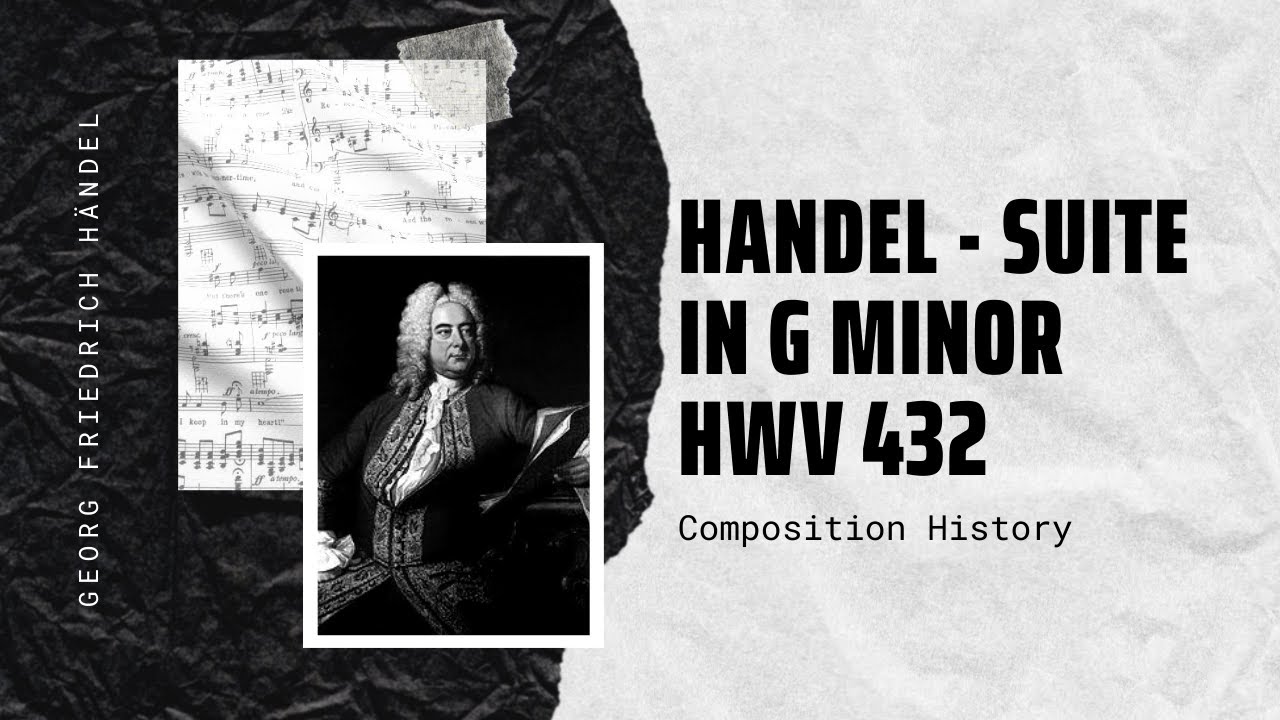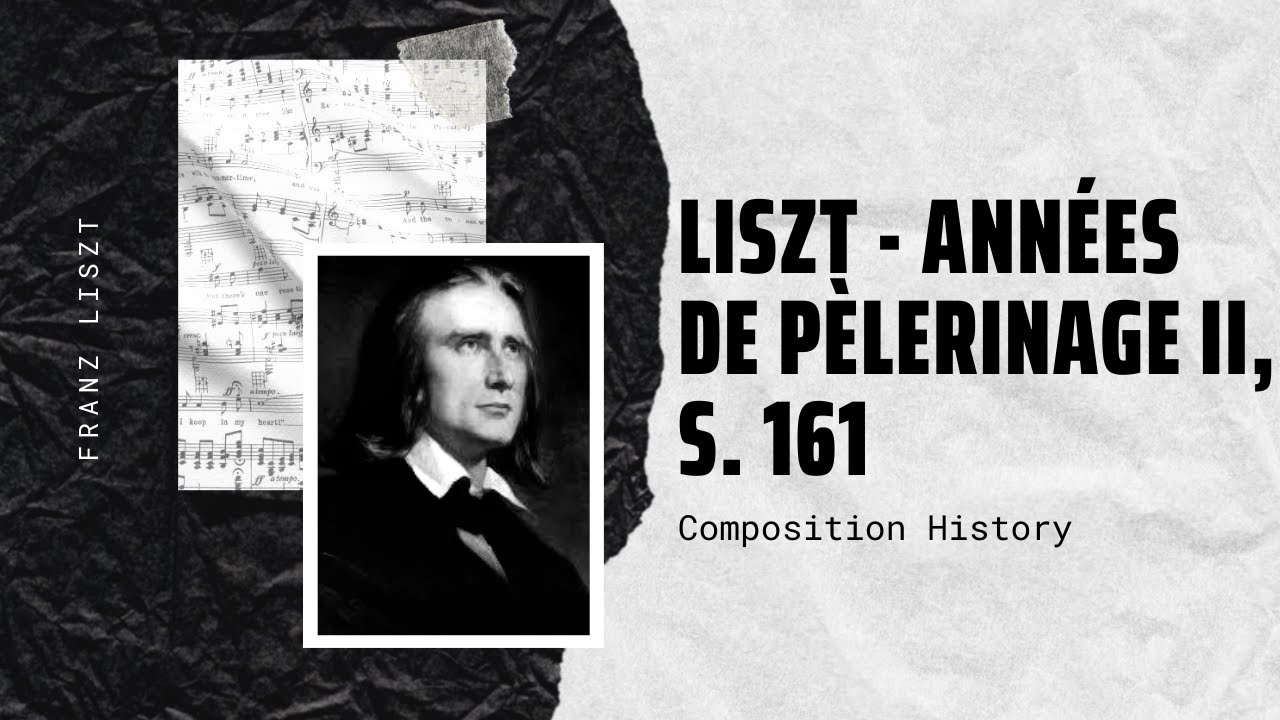Chopin Prelude in C sharp minor, Op. 45
Chopin – Prelude in C sharp minor, Op. 45 Frédéric Chopin wrote a number of preludes for piano solo. His cycle of 24 Preludes, Op. 28,[…]

Haydn – Keyboard Sonata in G major Hob. XVI. 6 – Music | History
Haydn – Keyboard Sonata in G major Hob. XVI. 6 – Music | History Franz Joseph Haydn (31 March 1732 – 31 May 1809) was an[…]

Mozart – Piano Sonata No. 10 in C major, K. 330 – Music | History
Mozart – Piano Sonata No. 10 in C major, K. 330 – Music | History Wolfgang Amadeus Mozart’s Piano Sonata No. 10 in C major, K.[…]

Fauré – 9 Préludes, Op. 103 – Music | History
Fauré – 9 Préludes, Op. 103 The French composer Gabriel Fauré (1845–1924) wrote in many genres, including songs, chamber music, orchestral pieces, and choral works. His[…]

Handel – Suite in G minor, HWV 432 – Music | History
Handel – Suite in G minor, HWV 432 George Frideric Handel, German (until 1715) Georg Friedrich Händel, Händel also spelled Haendel, (born February 23, 1685, Halle,[…]

Schumann – Piano Sonata No. 1 – Music | History
Schumann – Piano Sonata No. 1 The Piano Sonata No. 1 in F-sharp minor, Op. 11, was composed by Robert Schumann from 1833 to 1835. He[…]

Mussorgsky – Pictures at an Exhibition – Music | History
Mussorgsky – Pictures at an Exhibition Pictures at an Exhibition ( A Remembrance of Viktor Hartmann’, French: Tableaux d’une exposition) is a suite of ten pieces[…]

Liszt – Années de pèlerinage II, S. 161 – Music | History
Liszt – Années de pèlerinage II, S. 161 Années de pèlerinage (French for Years of Pilgrimage) (S.160, S.161, S.163) is a set of three suites for[…]

Brahms – Clarinet Quintet Op. 115 – Music | History
Brahms – Clarinet Quintet Op. 115 The Clarinet Trio in A minor, Op. 114 is one of four chamber works composed by Johannes Brahms featuring the[…]

Liszt -Liebesträume, S 541 – Music | History
Liszt -Liebesträume, S 541 Liebesträume (German for Dreams of Love) is a set of three solo piano works (S.541/R.211) by Franz Liszt, published in 1850. Originally[…]